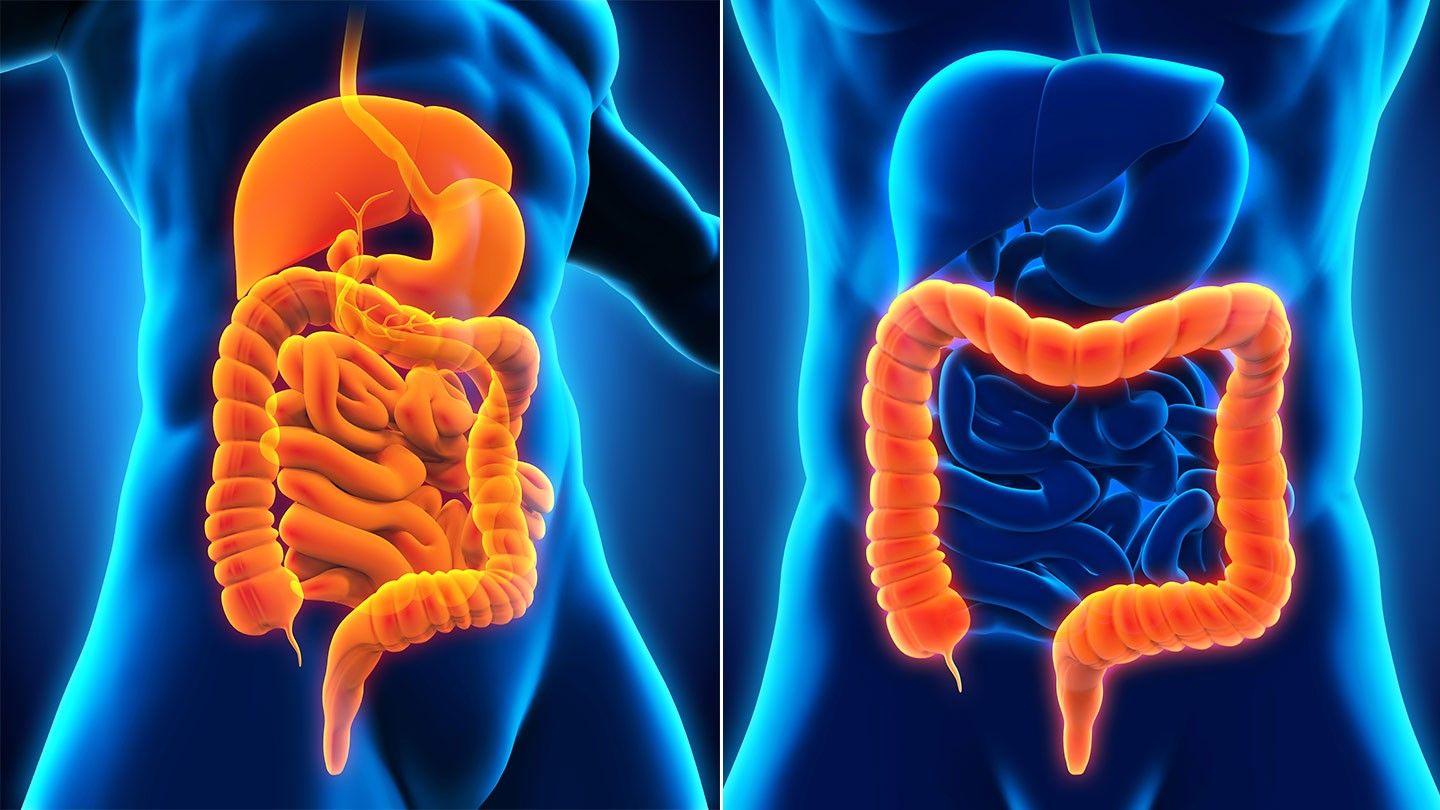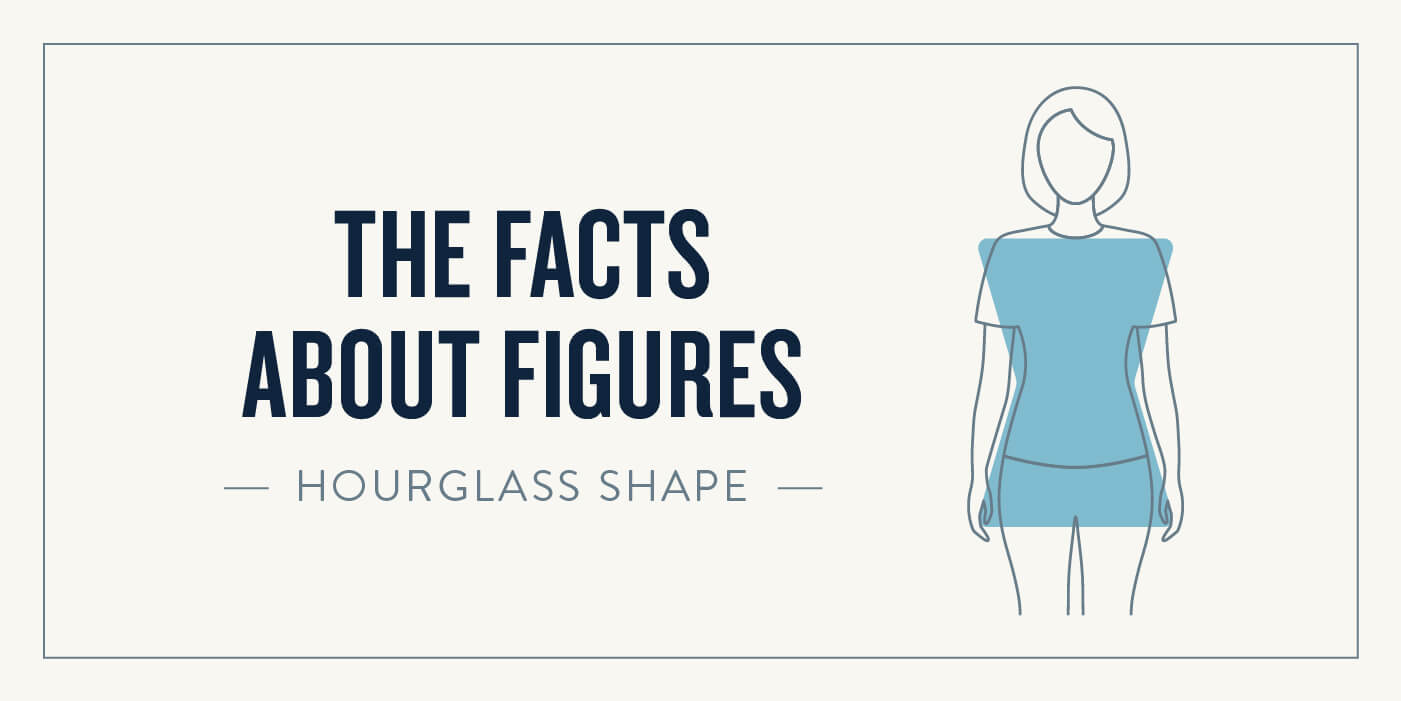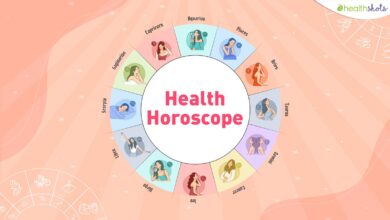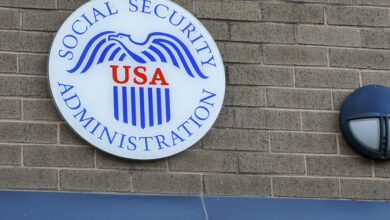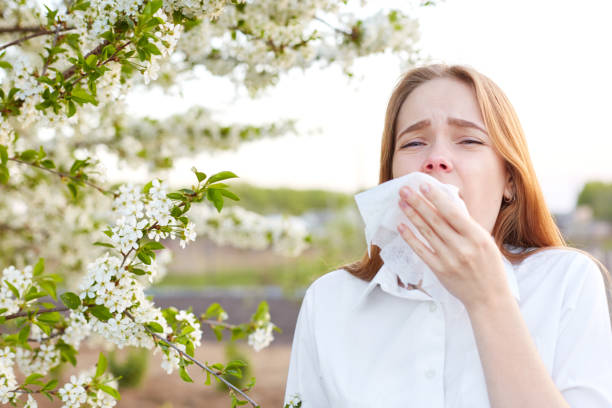
How to Stop Sneezing
How to Stop Sneezing
We include products we think are useful for our readers. If you buy through links on this page, we may earn a small commission. Here’s our process.
What makes you sneeze?
Almost anything that irritates your nose can make you sneeze. Sneezing, also called sternutation, is usually triggered by particles of dust, pollen, animal dander, and the like.
It’s also a way for your body to expel unwanted germs, which can irritate your nasal passages and make you want to sneeze.
Like blinking or breathing, sneezing is a semiautonomous reflex. This means that you have some conscious control over it.
You may be able to delay your sneeze long enough to grab a tissue, but stopping it altogether is tricky. Here, we’ll teach you all the tricks:
1. Learn your triggers
Identify the cause of your sneezing so that you can treat it accordingly. What makes you sneeze?
Common triggers include:
dust
pollen
mold
pet dander
bright lights
perfume
spicy foods
black pepper
common cold viruses
If you think your sneezing is caused by an allergy to something and you’re having trouble determining what your allergy triggers are, your doctor can order an allergy test.
2. Treat your allergies
People with allergies often sneeze in bursts of two to three sneezes. Take note of when and where you sneeze the most.
Seasonal allergies are very common. Allergies associated with a place, such as your office, could be from contaminants like mold or pet dander.
A daily over-the-counter (OTC) anti-allergy pill or intranasal spray may be enough to control your symptoms. Common OTC antihistamine tablets include:
cetirizine (Zyrtec)
fexofenadine (Allegra)
loratadine (Claritin, Alavert)
Glucocorticosteroid intranasal sprays available over the counter include fluticasone propionate (Flonase) and triamcinolone acetonide (Nasacort).
Shop for OTC anti-allergy pills and intranasal sprays online.
Your doctor may be able to prescribe medication therapy that, depending on your insurance plan, might be more affordable.
3. Protect yourself from environmental hazards
People in some occupations are more likely than others to encounter airborne irritants. Inhalable dust is common at many job sites and can be extremely irritating to the nose and sinuses.
This includes organic and inorganic dust from things like:
chemicals, including pesticides and herbicides
cement
coal
asbestos
metals
wood
poultry
grain and flour
Over time, these irritants can lead to cancers of the nose, throat, and lungs as well as other chronic respiratory problems. Always wear protective gear, such as a mask or respirator, when working around inhalable dust.
Reducing the amount of dust exposure by preventing it from being formed or by using a ventilation system to remove dust particles are other ways you can prevent breathing in harmful dust particles.
4. Don’t look into the light
About one-third of people have a condition that causes them to sneeze when they look at bright lights. Even stepping outside on a sunny day can cause some people to sneeze.
Known as photic sneezing, this condition often runs in families.
Protect your eyes with polarized sunglasses, and put them on before you leave the house!
Shop for polarized sunglasses online.
5. Don’t eat too much
Some people sneeze after eating large meals. This condition isn’t well understood by the medical community.
A researcher nicknamed it snatiation, which is a combination of the words “sneeze” and “satiation” (feeling full). The name stuck.
To avoid snatiation, chew slowly and eat smaller meals.
6. Say ‘pickles’
Some people believe that saying an odd word right as you feel you’re about to sneeze distracts you from sneezing.
Evidence for this tip is entirely anecdotal, but just as you’re gearing up to sneeze, say something like “pickles.”
7. Blow your nose
Sneezes are caused by irritants in your nose and sinuses. When you feel like you’re about to sneeze, try blowing your nose.
You might be able to blow out the irritant and deactivate the sneeze reflex. Keep a box of soft tissues with lotion at your desk or a travel pack in your bag.
Shop for soft tissues online.
8. Pinch your nose
This is another method for trying to stifle a sneeze just before it happens. When you feel a sneeze coming on, try pinching your nose at the nostrils, like you might if something smelled bad.
You can also try pinching your nose near the very top, just below the inside of your eyebrows.
9. Use your tongue
You may be able to stop a sneeze by tickling the roof of your mouth with your tongue. After about 5 to 10 seconds, the urge to sneeze may dissipate.
Another tongue method involves pressing your tongue hard against your two front teeth until the urge to sneeze passes.
10. Consider allergy shots
Some people with severe sneezing or runny nose may want to see an allergist, who may suggest using a method called immunotherapy to reduce sensitivity to allergens.
This works by injecting a small amount of the allergen into the body. After receiving multiple shots over time, you can build up increased resistance to the allergen.
The bottom line
Sneezing is just one of your body’s many natural defense mechanisms. It helps prevent irritants from making their way further into your respiratory system, where they can cause potentially serious problems.
But some people are much more sensitive to irritants than others.
If you’re sneezing too much, don’t worry. It’s rarely a symptom of anything serious, but it can be annoying.
In many cases, you don’t have to rely on medications. You can prevent sneezing through certain lifestyle changes. There are also plenty of tricks to try to stop a sneeze in its tracks.

